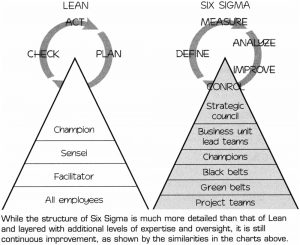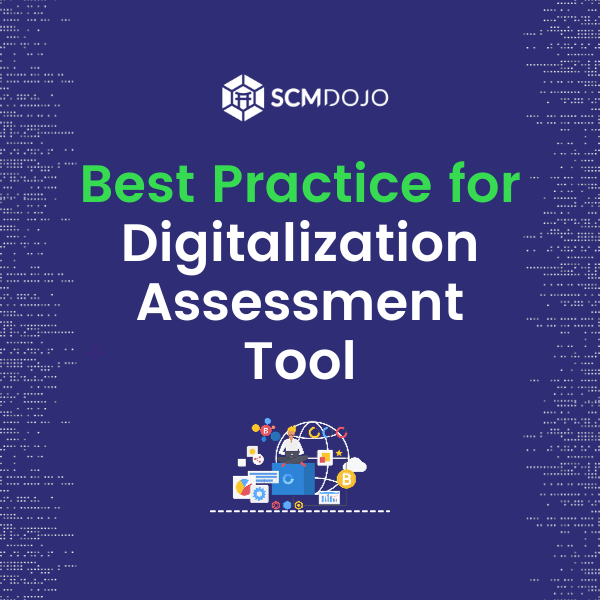There is a need for small & medium size companies to recognize the benefits of Six Sigma rather than being suspicious of a buyer’s motives, if they ask them to use Six Sigma tools! So what are the reasons why Six Sigma Will Fail?
A buying firm also needs to ensure strong commitment to Six Sigma training programmes that develop the SME’s long-term capability rather than as a means of immediate results to strengthen the relationship between the SME and the large counterpart.
Get 5S – Kaizen Guide to Organize the Workplace for Flow
Research suggests that key elements for successful deployment of Six Sigma tools in SMEs are: proactive customers and suppliers, commitment to long-term relationships, continuous improvement mentality, creating learning opportunities that are appropriate to the smaller organisations and a win-win philosophy.
The common critical success factors (CSFs) for both Lean and Six Sigma implementation in SMEs outlined in research articles by Kumar (2007) and Achanga et al. (2006) are: leadership commitment and management involvement, organisational culture and resource, in terms of education and training. I thought it would be good idea to list the main issues I have identified as barriers for Six Sigma deployment in SMEs in my 10 years Supply Chain and Supplier Development experience along with these CSF:
7 Reasons why Six Sigma Will Fail in SMEs:
- Limited financial resources/High Cost
- Limited people resources & talent pool
- Lack of Management experience/ Leadership engagement
- Lack of systematic training & development/ non-recognition of training needs
- Multi-hat roles/lack of time
- Possible resistance to change
- Less exposure of management innovators in other industries / Lack of knowledge about six sigma
Since adding more resources won’t be a practical answer in current business for business owners, what would be your suggestion to overcome these barriers? Please do write me 1 or 2 to carry the debate further and help the supply chain and procurement community
About the Author- Dr Muddassir Ahmed
Dr MuddassirAhmed is the Founder & CEO of SCMDOJO. He is a global speaker, vlogger and supply chain industry expert with 17 years of experience in the Manufacturing Industry in the UK, Europe, the Middle East and South East Asia in various Supply Chain leadership roles. Dr. Muddassir has received a PhD in Management Science from Lancaster University Management School. Muddassir is a Six Sigma black belt and founded the leading supply chain platform SCMDOJO to enable supply chain professionals and teams to thrive by providing best-in-class knowledge content, tools and access to experts.
You can follow him on LinkedIn, Facebook, Twitter or Instagram







